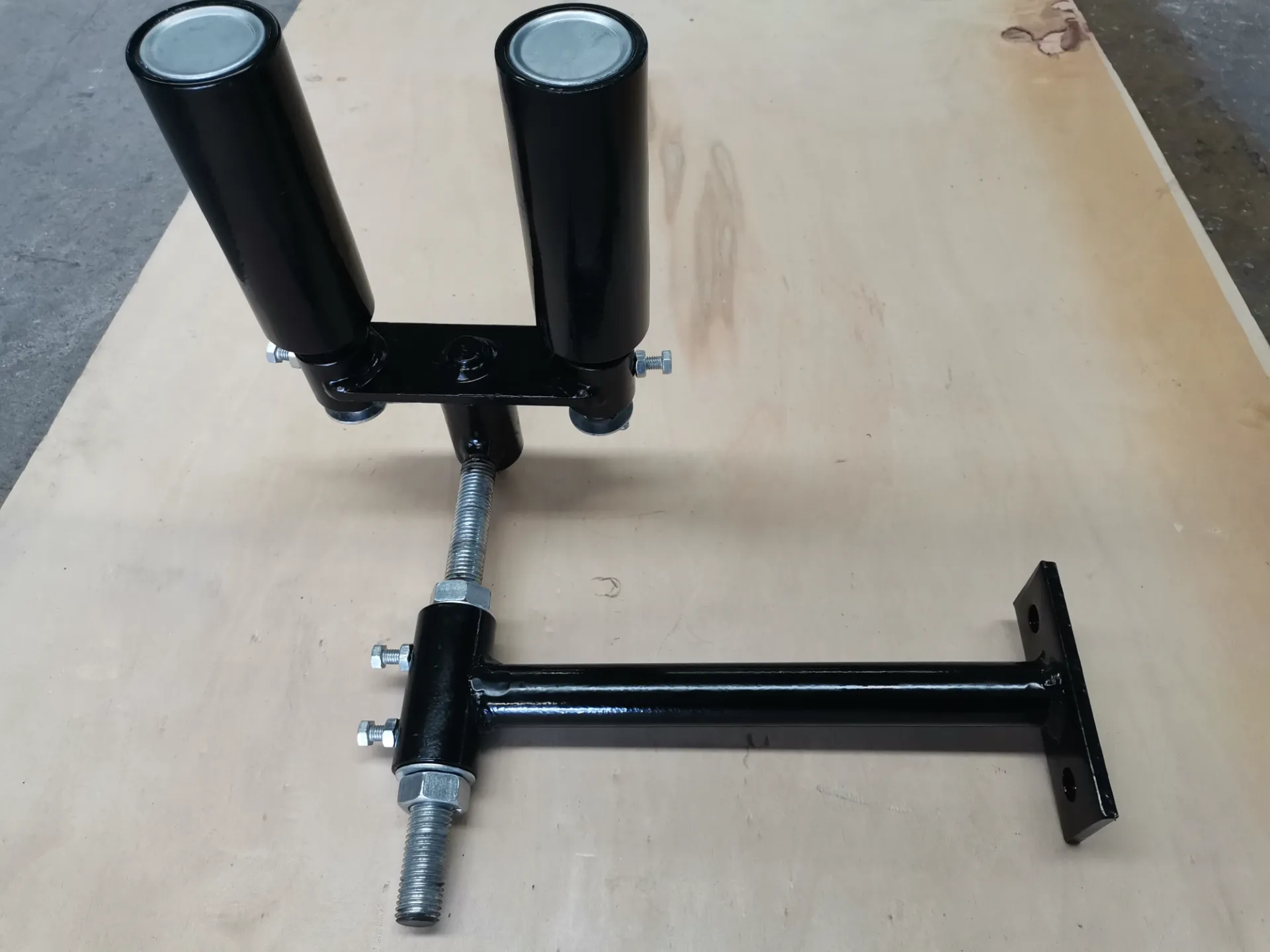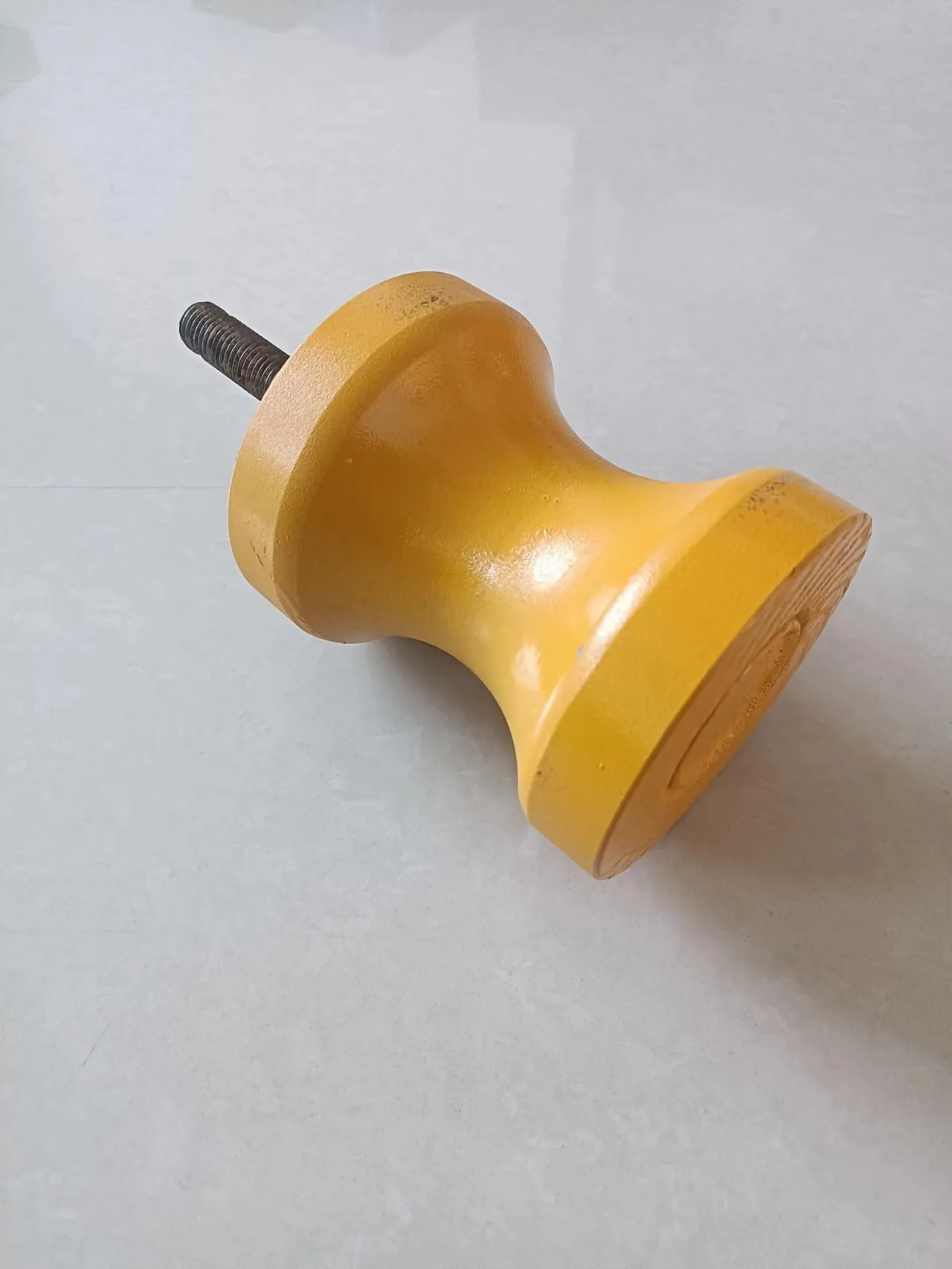 Afrikaans
Afrikaans  Albanian
Albanian  Amharic
Amharic  Arabic
Arabic  Armenian
Armenian  Azerbaijani
Azerbaijani  Basque
Basque  Belarusian
Belarusian  Bengali
Bengali  Bosnian
Bosnian  Bulgarian
Bulgarian  Catalan
Catalan  Cebuano
Cebuano  Corsican
Corsican  Croatian
Croatian  Czech
Czech  Danish
Danish  Dutch
Dutch  English
English  Esperanto
Esperanto  Estonian
Estonian  Finnish
Finnish  French
French  Frisian
Frisian  Galician
Galician  Georgian
Georgian  German
German  Greek
Greek  Gujarati
Gujarati  Haitian Creole
Haitian Creole  hausa
hausa  hawaiian
hawaiian  Hebrew
Hebrew  Hindi
Hindi  Miao
Miao  Hungarian
Hungarian  Icelandic
Icelandic  igbo
igbo  Indonesian
Indonesian  irish
irish  Italian
Italian  Japanese
Japanese  Javanese
Javanese  Kannada
Kannada  kazakh
kazakh  Khmer
Khmer  Rwandese
Rwandese  Korean
Korean  Kurdish
Kurdish  Kyrgyz
Kyrgyz  Lao
Lao  Latin
Latin  Latvian
Latvian  Lithuanian
Lithuanian  Luxembourgish
Luxembourgish  Macedonian
Macedonian  Malgashi
Malgashi  Malay
Malay  Malayalam
Malayalam  Maltese
Maltese  Maori
Maori  Marathi
Marathi  Mongolian
Mongolian  Myanmar
Myanmar  Nepali
Nepali  Norwegian
Norwegian  Norwegian
Norwegian  Occitan
Occitan  Pashto
Pashto  Persian
Persian  Polish
Polish  Portuguese
Portuguese  Punjabi
Punjabi  Romanian
Romanian  Russian
Russian  Samoan
Samoan  Scottish Gaelic
Scottish Gaelic  Serbian
Serbian  Sesotho
Sesotho  Shona
Shona  Sindhi
Sindhi  Sinhala
Sinhala  Slovak
Slovak  Slovenian
Slovenian  Somali
Somali  Spanish
Spanish  Sundanese
Sundanese  Swahili
Swahili  Swedish
Swedish  Tagalog
Tagalog  Tajik
Tajik  Tamil
Tamil  Tatar
Tatar  Telugu
Telugu  Thai
Thai  Turkish
Turkish  Turkmen
Turkmen  Ukrainian
Ukrainian  Urdu
Urdu  Uighur
Uighur  Uzbek
Uzbek  Vietnamese
Vietnamese  Welsh
Welsh  Bantu
Bantu  Yiddish
Yiddish  Yoruba
Yoruba  Zulu
Zulu Jan . 23, 2025 05:58
Back to list
Guide Roller
Guide rollers, pivotal components in various industrial applications, have garnered significant attention for their roles in enhancing mechanical efficiency and product longevity. These unassuming devices, often overshadowed by the larger machinery they accompany, are crucial for ensuring smooth operation across multiple sectors, from manufacturing to transportation.
From a maintenance perspective, experts advocate for regular inspections and timely replacements of guide rollers to prevent system failures. The potential cost savings from avoiding sudden breakdowns and prolonging machinery life make such practices indispensable. True expertise in machinery maintenance involves not only understanding when to replace these components but also choosing the right specifications and materials for replacements. In terms of design innovation, modern advancements have led to the development of self-lubricating guide rollers. These cutting-edge tools minimize the need for manual lubrication, drastically reducing maintenance effort and prolonging the operating life of machinery. This innovation underscores the industry's commitment to improving efficiency and reliability, illustrating a clear understanding of the complex challenges faced by contemporary businesses. Highlighting the authoritativeness of guide rollers, their implementation is backed by rigorous testing and product certifications that comply with international standards. The assurance these certifications provide is invaluable, offering peace of mind to those who rely on these components to uphold the integrity of their operations. From ISO compliance to material safety data sheets, the documentation associated with guide rollers affirms their role as a trusted solution in evolved industrial landscapes. In conclusion, as industries continue to demand higher operational efficiencies, the role of the guide roller becomes increasingly critical. Its contribution to the seamless function of machines is noteworthy, yet often under-recognized. By investing in high-quality, durable, and innovative guide rollers, businesses stand to benefit from enhanced productivity, reduced costs, and elevated trust in their operational systems. Expertise in selecting and maintaining the right guide rollers is not merely a side consideration but a pivotal component in the pursuit of industrial excellence.


From a maintenance perspective, experts advocate for regular inspections and timely replacements of guide rollers to prevent system failures. The potential cost savings from avoiding sudden breakdowns and prolonging machinery life make such practices indispensable. True expertise in machinery maintenance involves not only understanding when to replace these components but also choosing the right specifications and materials for replacements. In terms of design innovation, modern advancements have led to the development of self-lubricating guide rollers. These cutting-edge tools minimize the need for manual lubrication, drastically reducing maintenance effort and prolonging the operating life of machinery. This innovation underscores the industry's commitment to improving efficiency and reliability, illustrating a clear understanding of the complex challenges faced by contemporary businesses. Highlighting the authoritativeness of guide rollers, their implementation is backed by rigorous testing and product certifications that comply with international standards. The assurance these certifications provide is invaluable, offering peace of mind to those who rely on these components to uphold the integrity of their operations. From ISO compliance to material safety data sheets, the documentation associated with guide rollers affirms their role as a trusted solution in evolved industrial landscapes. In conclusion, as industries continue to demand higher operational efficiencies, the role of the guide roller becomes increasingly critical. Its contribution to the seamless function of machines is noteworthy, yet often under-recognized. By investing in high-quality, durable, and innovative guide rollers, businesses stand to benefit from enhanced productivity, reduced costs, and elevated trust in their operational systems. Expertise in selecting and maintaining the right guide rollers is not merely a side consideration but a pivotal component in the pursuit of industrial excellence.
Next:
Latest news
-
Revolutionizing Conveyor Reliability with Advanced Rubber Lagging PulleysNewsJul.22,2025
-
Powering Precision and Durability with Expert Manufacturers of Conveyor ComponentsNewsJul.22,2025
-
Optimizing Conveyor Systems with Advanced Conveyor AccessoriesNewsJul.22,2025
-
Maximize Conveyor Efficiency with Quality Conveyor Idler PulleysNewsJul.22,2025
-
Future-Proof Your Conveyor System with High-Performance Polyurethane RollerNewsJul.22,2025
-
Driving Efficiency Forward with Quality Idlers and RollersNewsJul.22,2025
OUR PRODUCTS





























